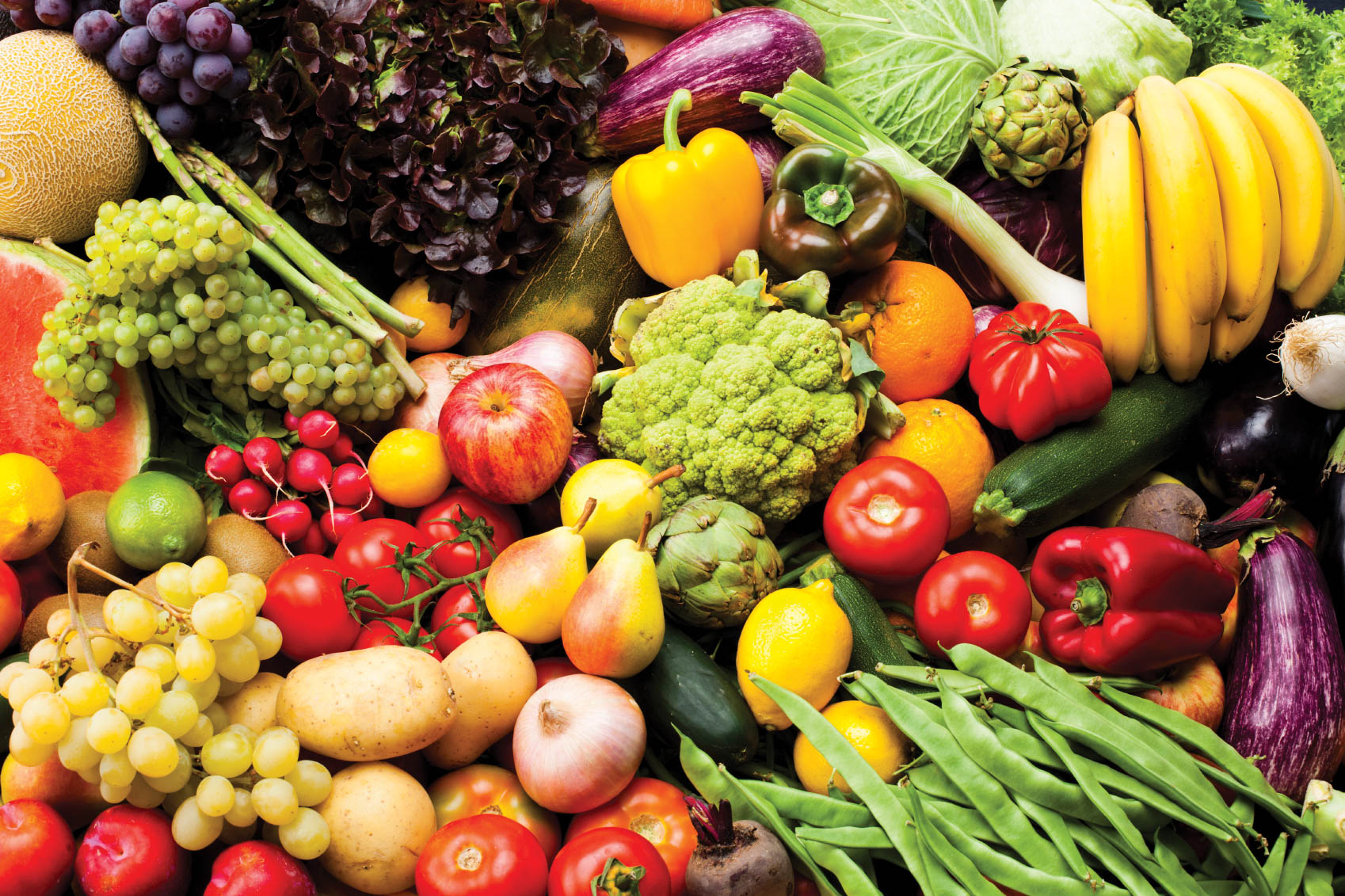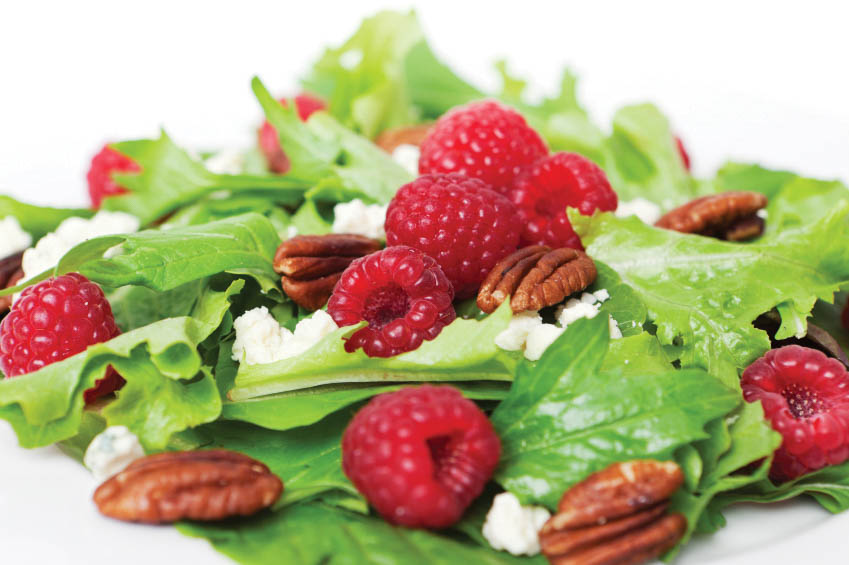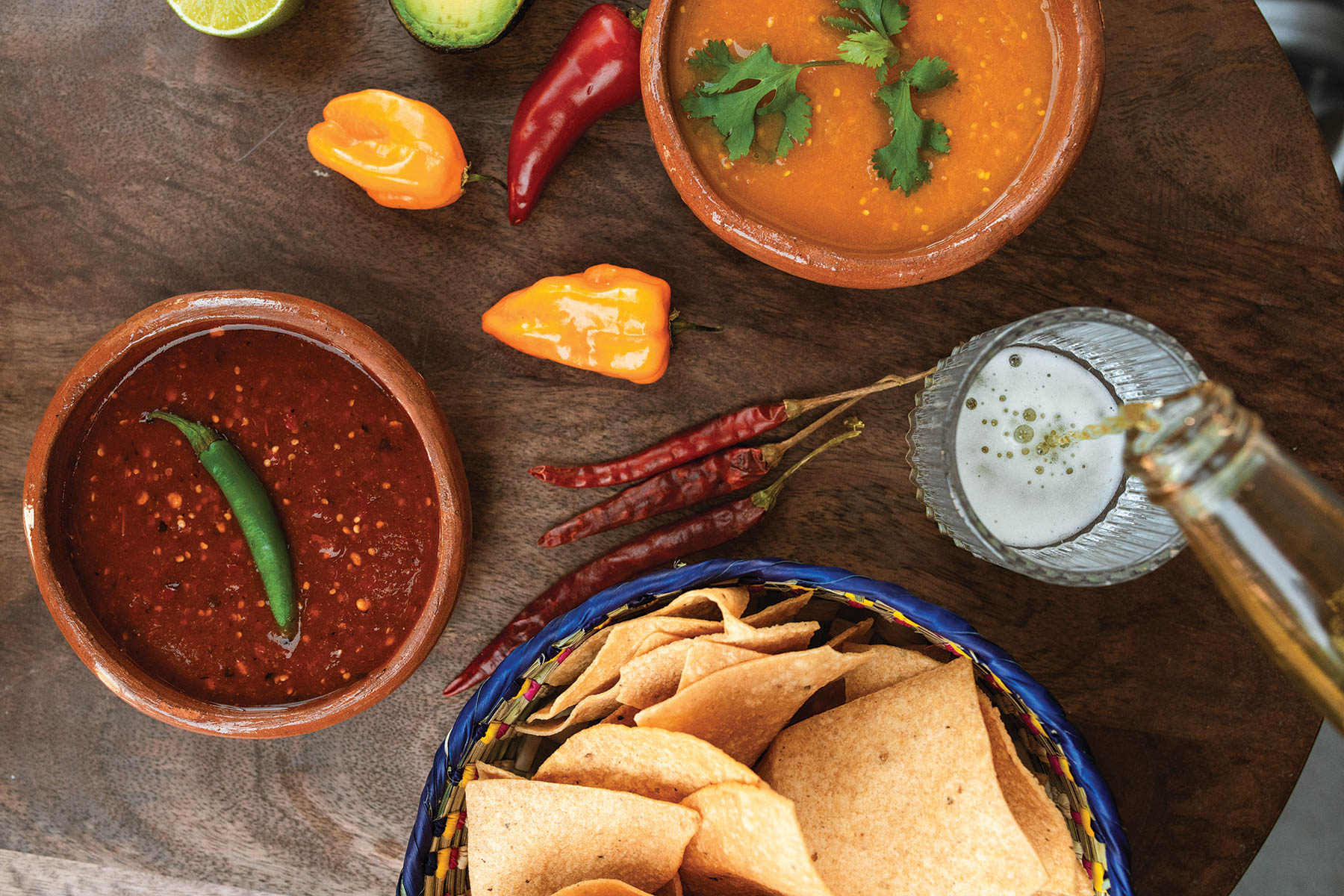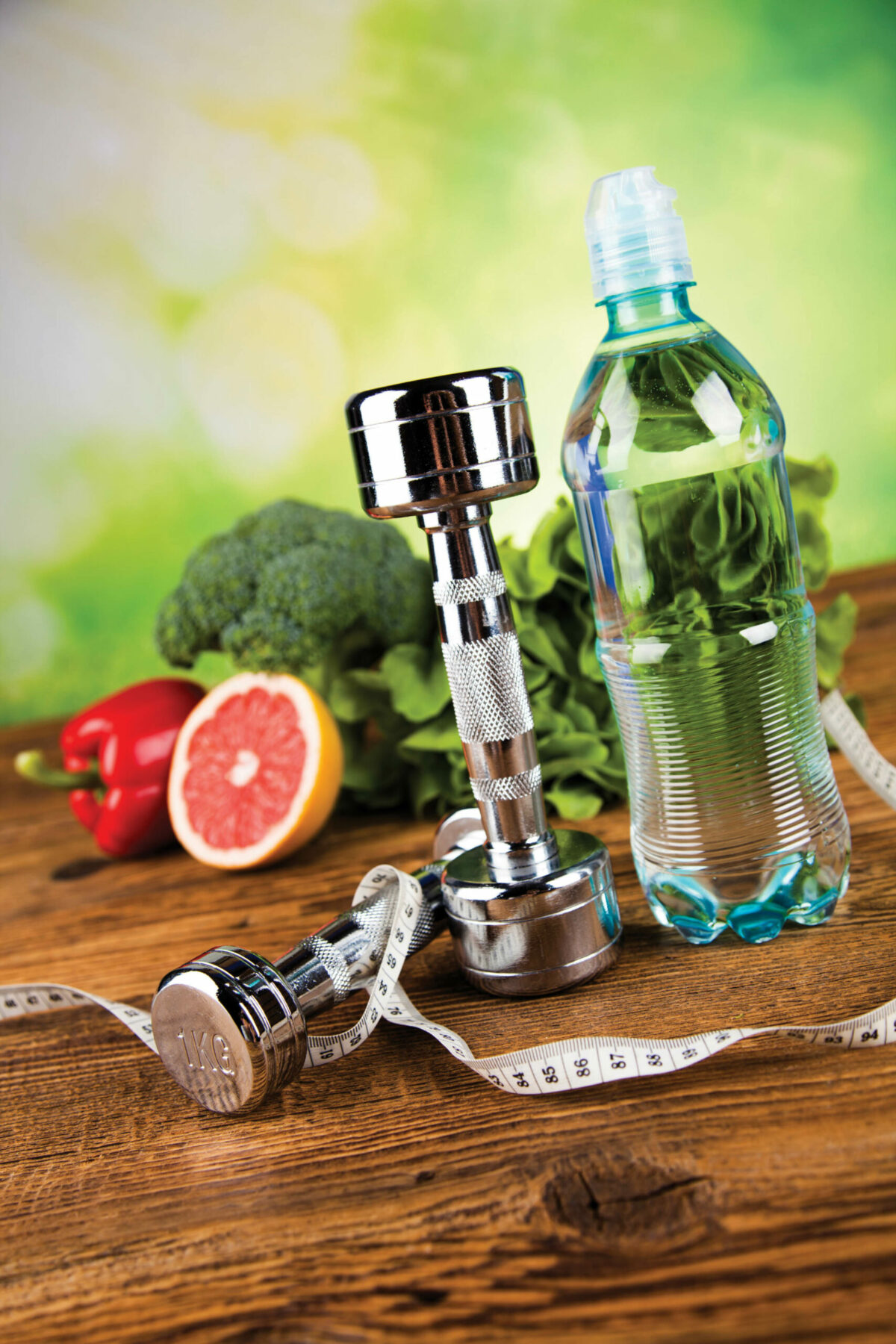How Your Nutritional Needs Can Change With Warmer Weather

Things have started heating up. If you’ve had enough of winter, summer’s heatwaves are starting to erase the chill from your bones. Should your diet change with the seasons?
Many people find that their appetite varies depending on the time of year. Here’s how your nutritional needs can change when the weather is warmer.
1. Eat More Fresh Fruits and Vegetables

Warmer weather means scores of fruits and vegetables come into season, so take advantage. A plant-based diet ensures you get a sufficient intake of various antioxidants. These substances come in handy during the summer months. They protect your skin from the damaging effects of free radicals, preventing premature aging.
In the summer, skin tends to stay plump and healthy thanks to the extra humidity in the air. However, that doesn’t mean we should neglect our skin during this season, especially with all of the extra sun exposure many of us get during this time. A healthy diet is one way we can protect our skin in the summertime.
Now is the time to maximize your nutrient intake. Fruits and vegetables start to lose their nutrients just three days after harvest, but you can find fresh-from-the-ground steals at farmers markets.
2. Reduce Your Calorie Intake

If you’re trying to shed a few extra pounds, knowing that your body is always burning calories should delight you. However, it has to work harder to maintain your basal metabolic rate when cold, increasing your overall burn. Many people eat slightly more in the winter to make up for this without noticing.
However, problems arise when you don’t reduce your consumption again when warmer weather arrives. This behavior can lead to a slow weight creep — perhaps only a pound or two a year — until you find yourself with a lot more to lose. Instead, reduce your calorie intake slightly as the weather warms.
You might find that you don’t feel quite as hungry over the summer, anyway. However, you don’t want to skip too many meals or overly restrict your intake. Doing so can slow your metabolism for a long time, making it harder to drop pounds when you begin eating more.
Instead, try eating smaller meals if you don’t have much appetite. A snack keeps your metabolism going while providing you with steady fuel throughout the day.
4. Turn Up the Heat

It might sound counterintuitive, but one way to cool down on a hot day is to munch on some fiery salsa. Why? The capsaicin makes you sweat, which lowers your internal temperature.
Hot peppers and similar spicy stuff also add flavor without requiring salt. It’s always wise to keep an eye on your sodium intake, but it’s particularly vital when dehydration poses a risk in the summer months.
5. Elevate Your Beverage Choices

Summer’s temperatures mean slaking your thirst more often. Dehydration can make you nauseous and weak and could have fatal results in extreme cases. Carry a reusable water bottle with you and sip on it frequently.
You can also stay hydrated by elevating your beverage choices. If plain water bores you to tears, try soaking fruit in it to get the vitamin and antioxidant benefits without any added calories. You’ll also enjoy a boost of flavor that you can further kick up a notch with a few drops of monk fruit or stevia for a healthier twist on “juice.”
Sun tea is also a snap to make. All you need are four to eight teabags and a clear container that you can set in the sun for several hours. Try experimenting with unique blends. Toss in a turmeric and ginger herbal bag with your standard green or black leaves for an anti-inflammatory beverage or some chamomile and lavender for a soothing summer treat.
–
You might notice that your appetite changes with the season. This phenomenon is normal — it’s part of the magic nature put in human beings to help them survive. It’s time to update your diet along with your spring wardrobe. Understanding how your nutritional needs change when the weather is warmer helps you make wiser choices.
About the Author

Mia is a health and wellness writer and the Editor In Chief at Body + Mind. She specifically enjoys writing about women’s fitness, as well as mental health-related topics. When she’s not writing, Mia can usually be found reading poetry, taking a dance or cardio class, or hiking.






